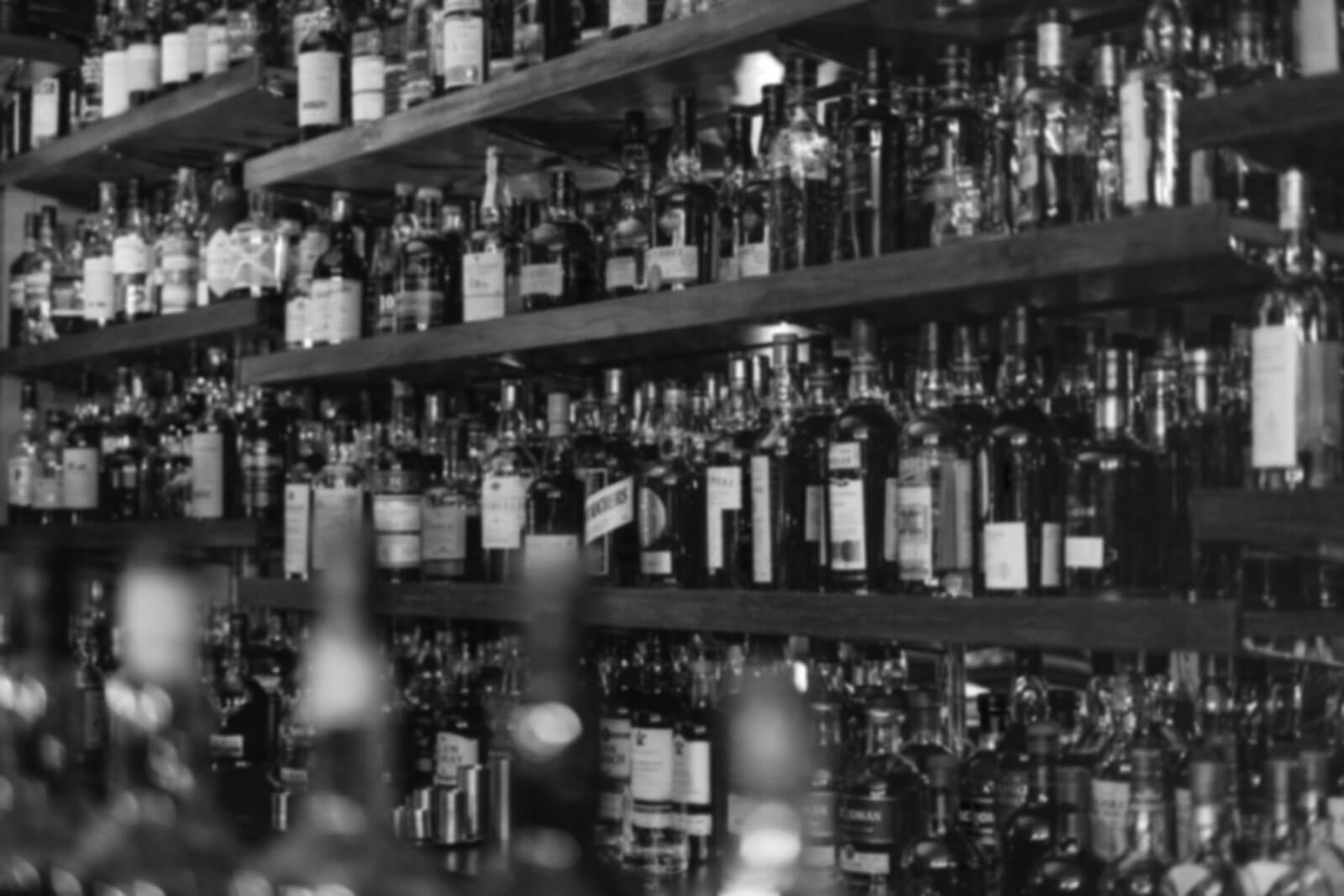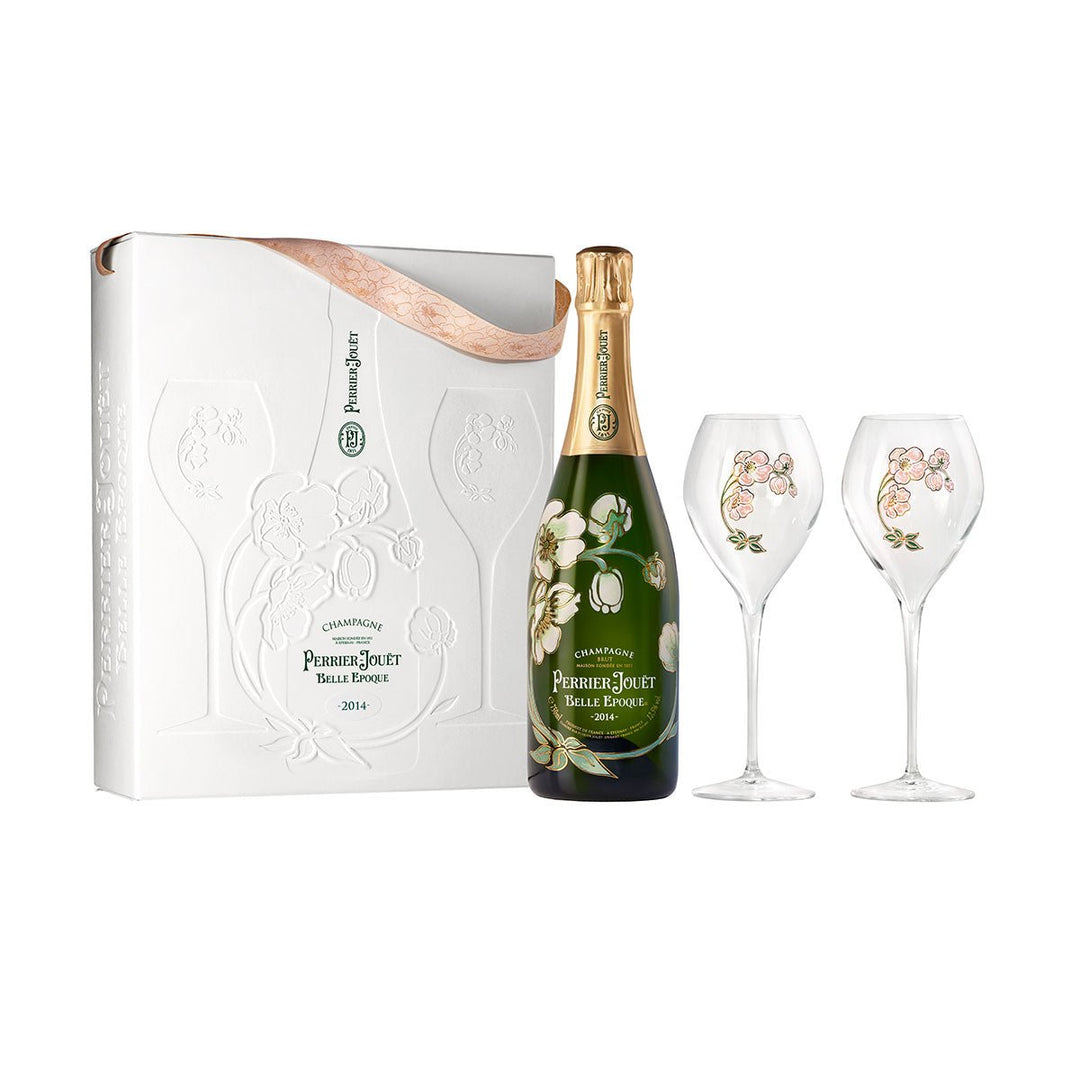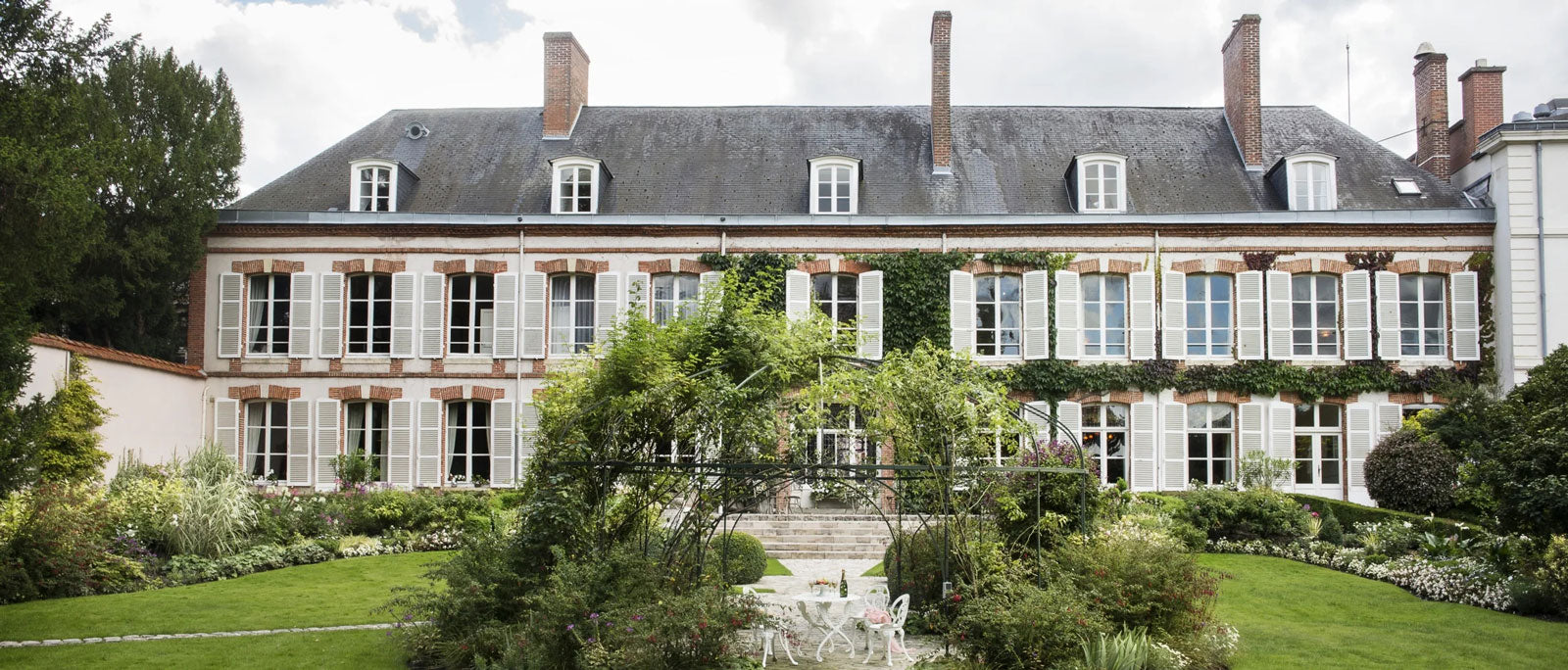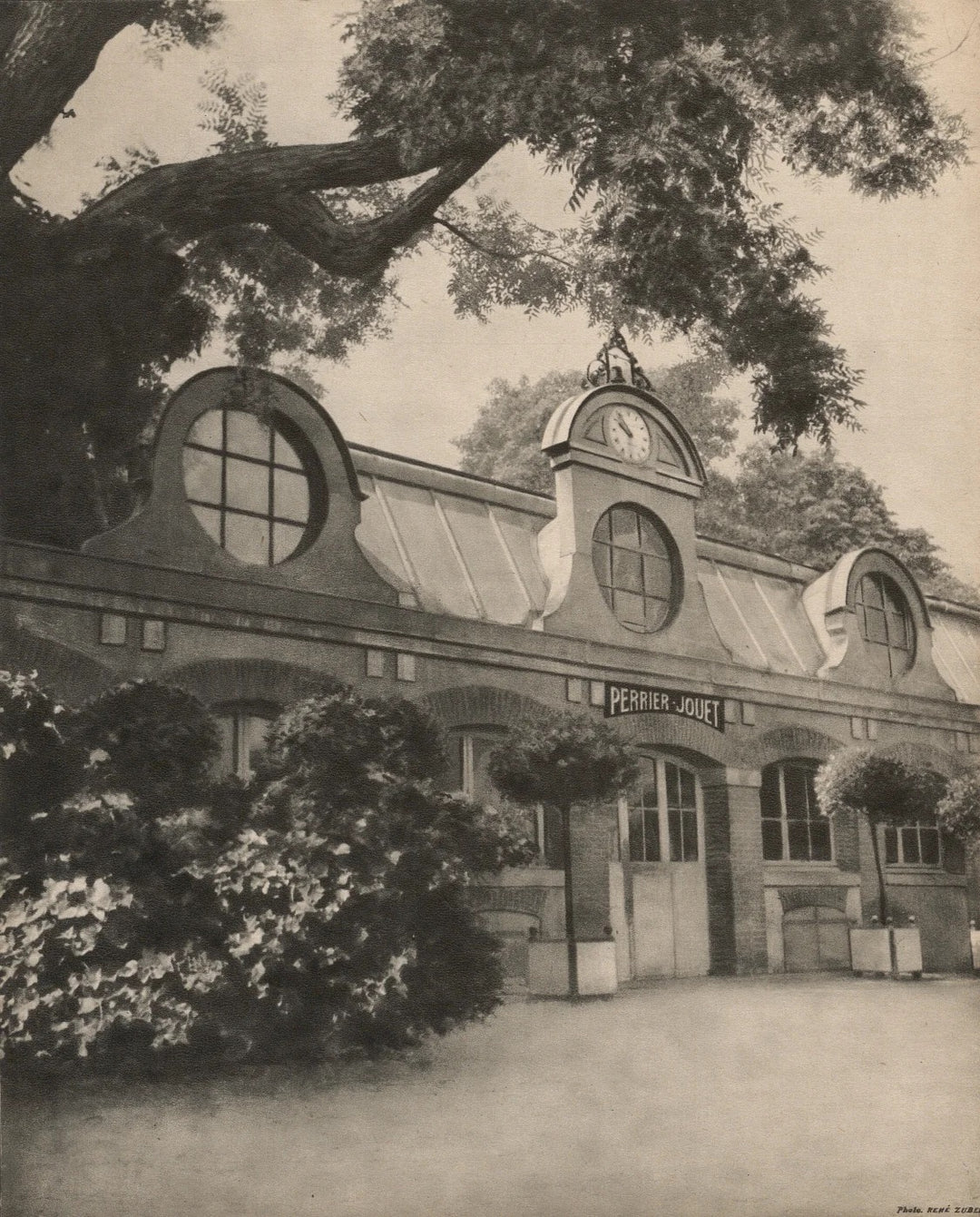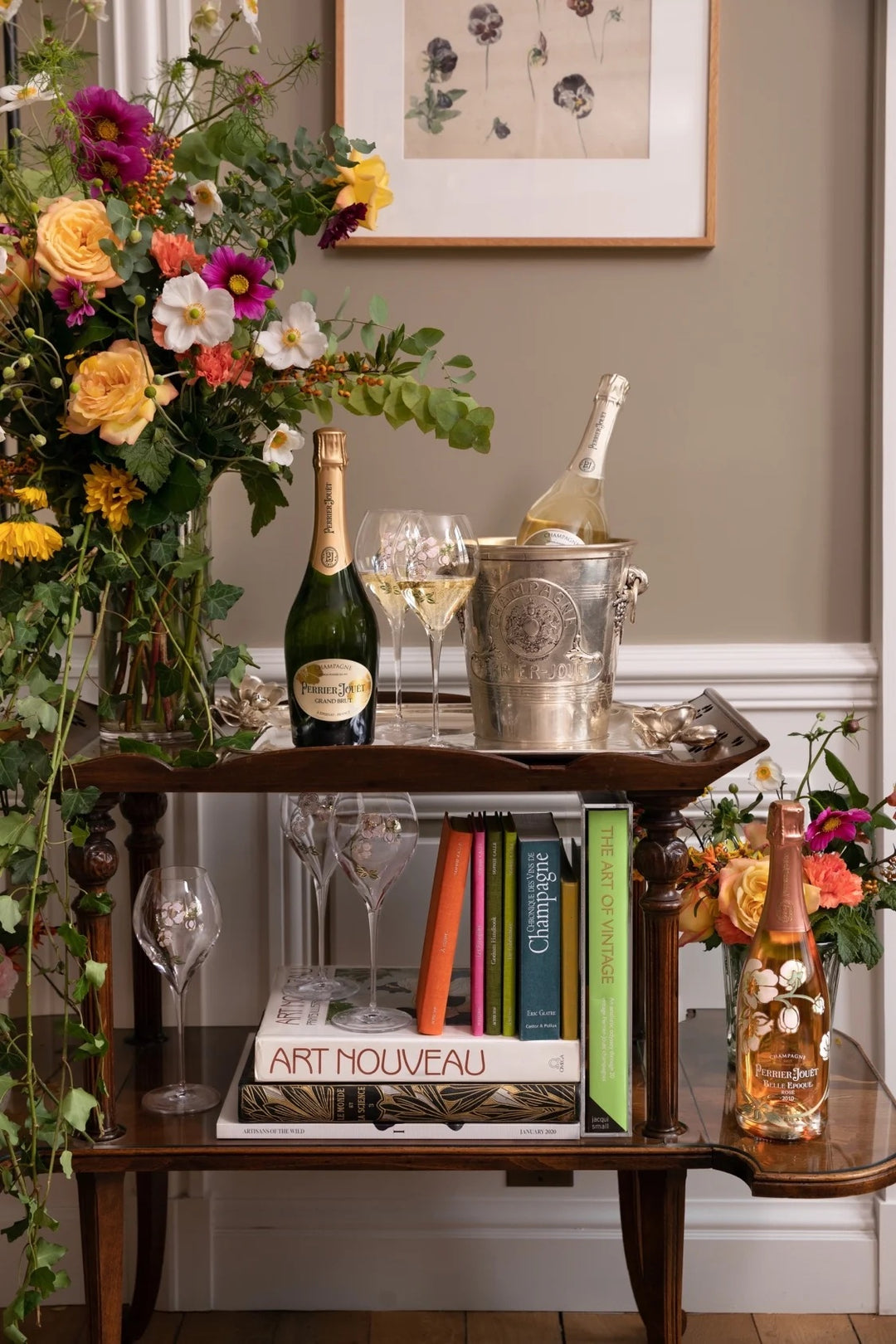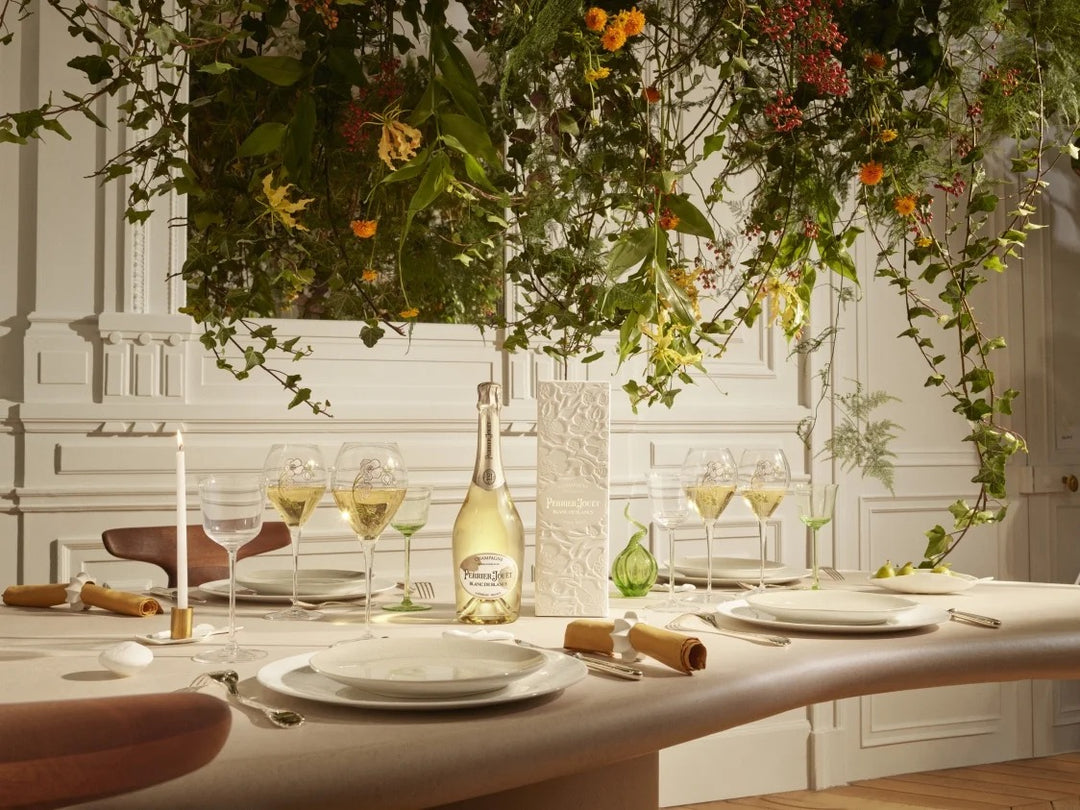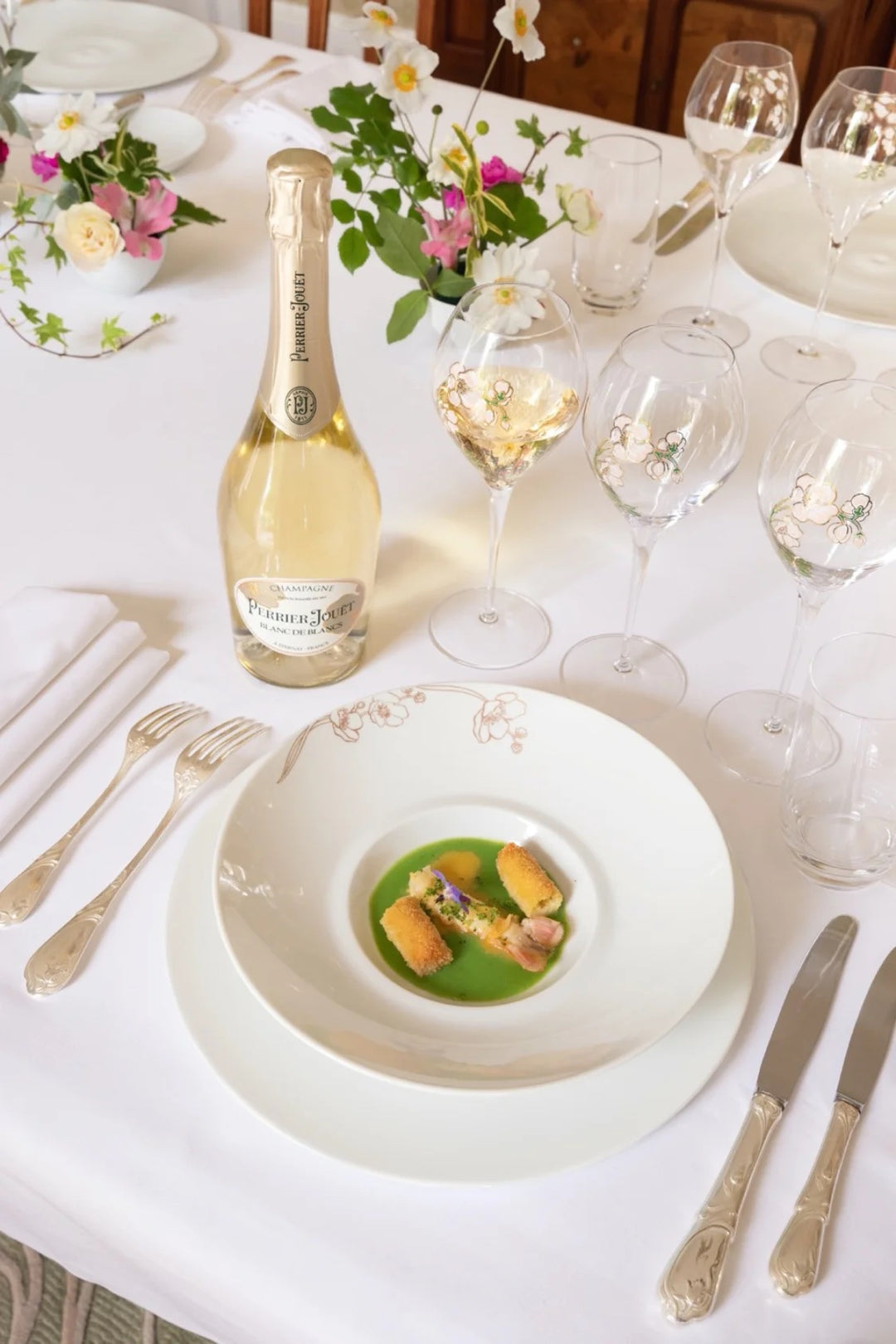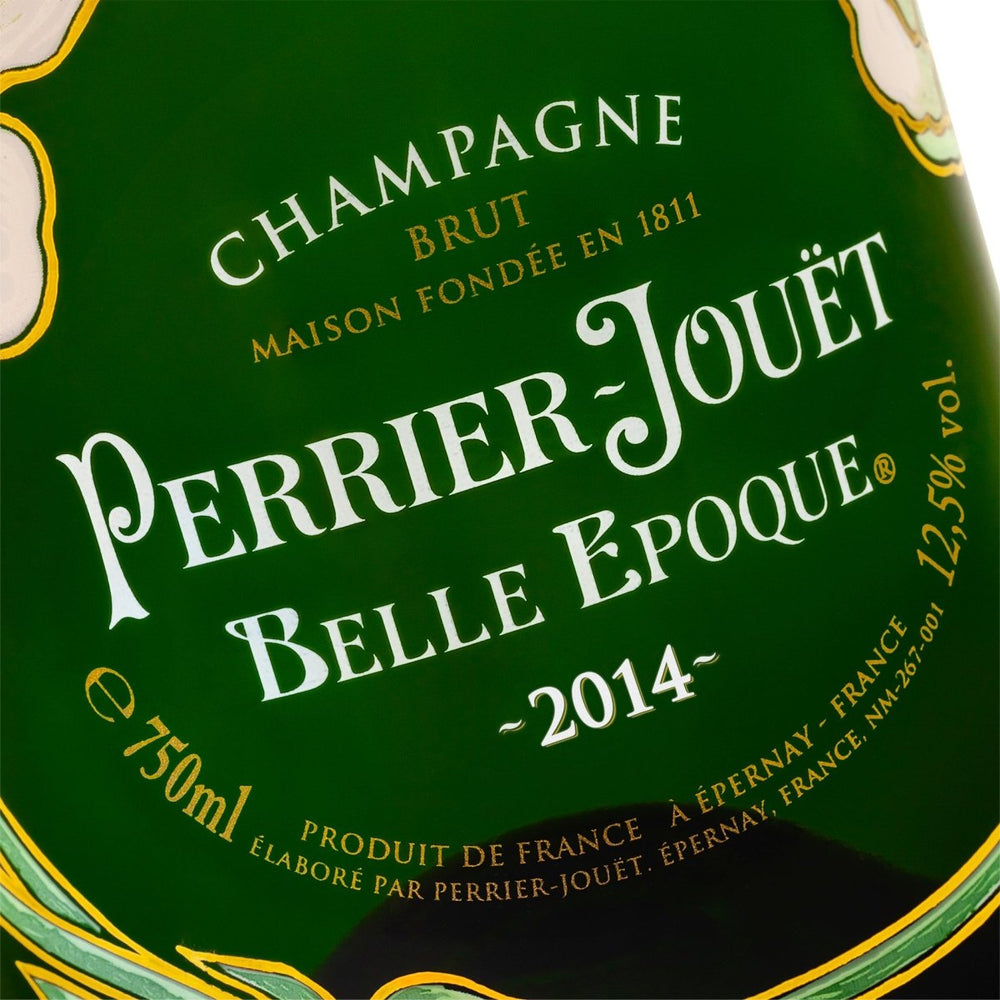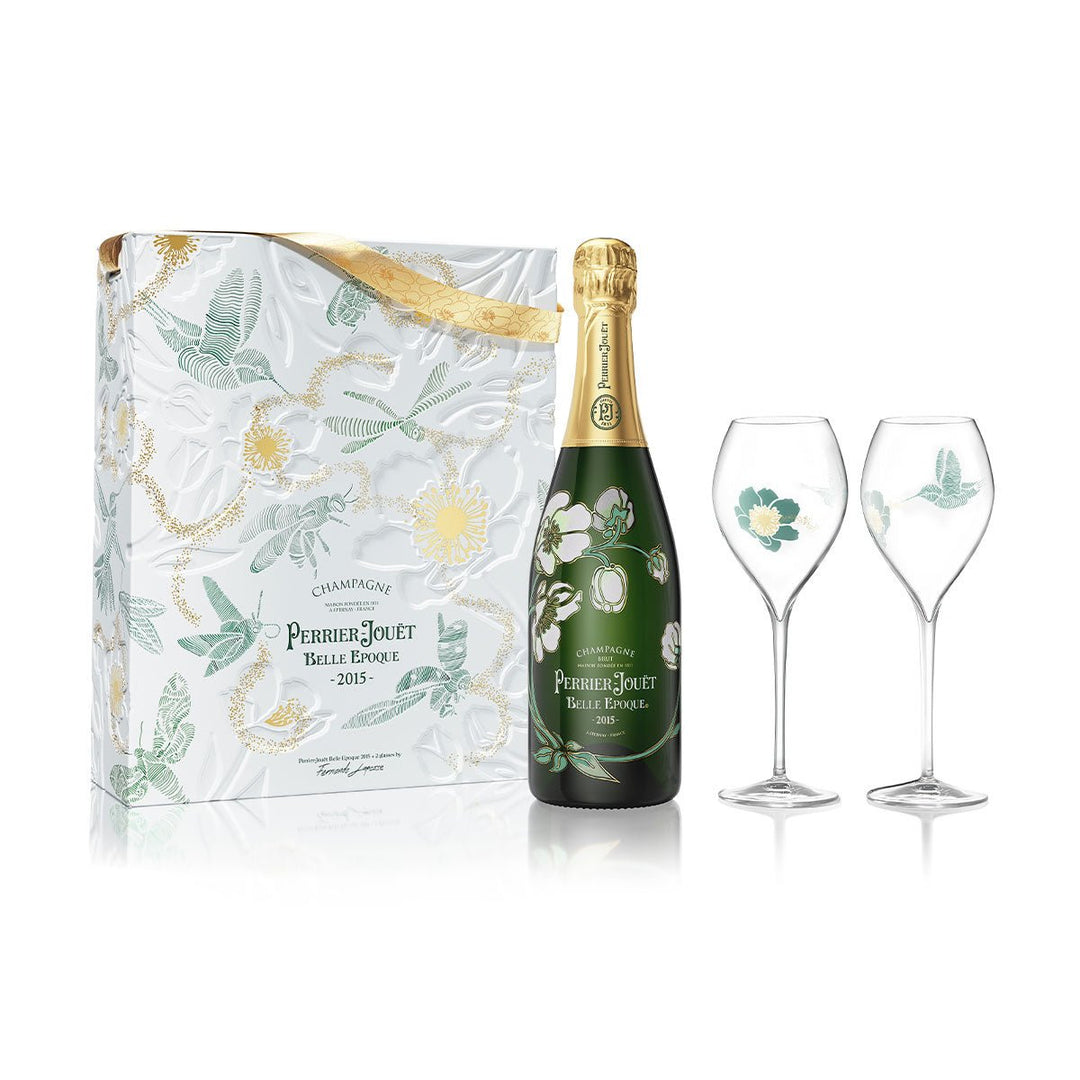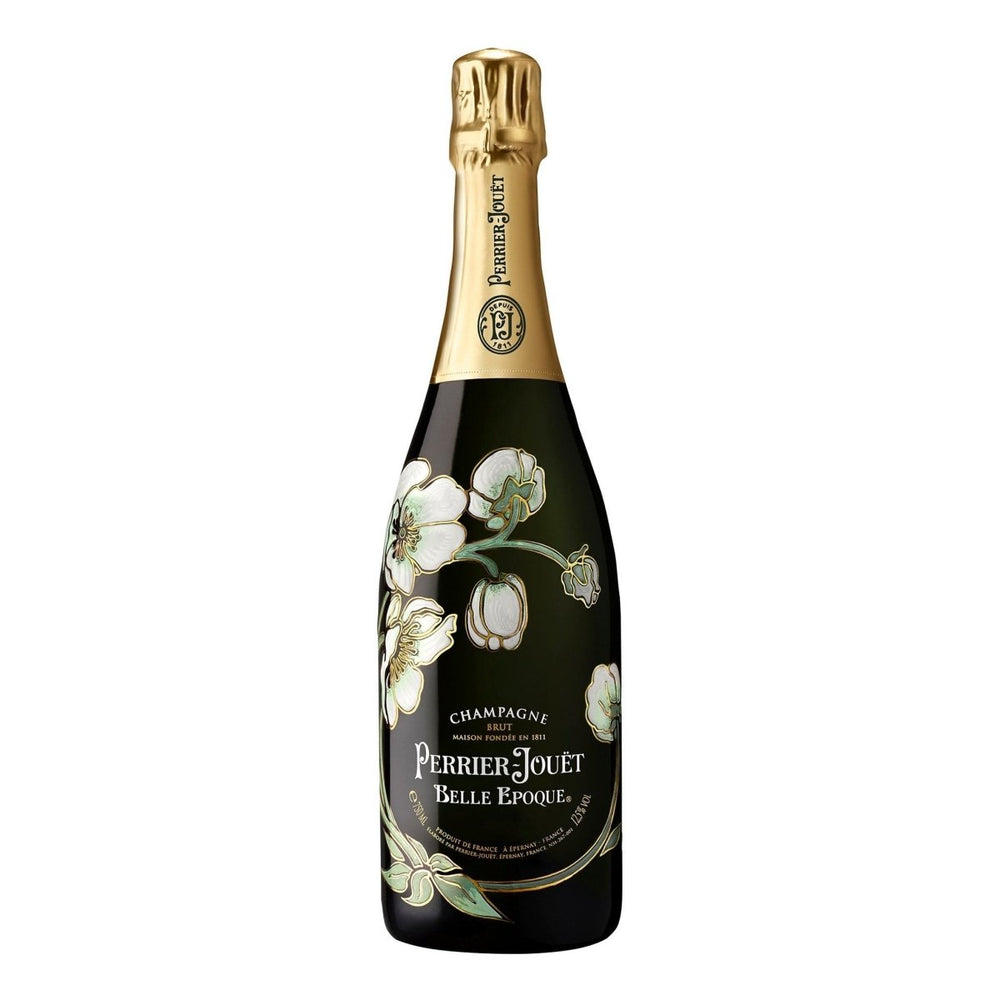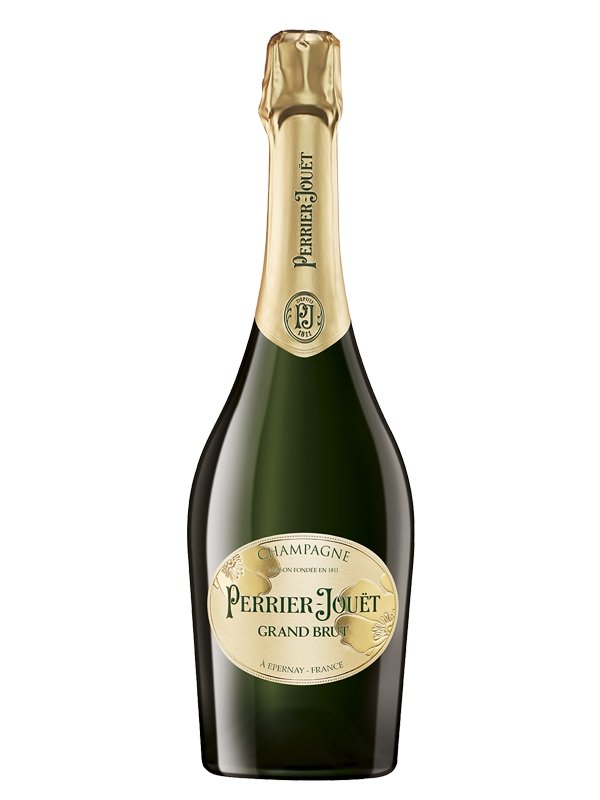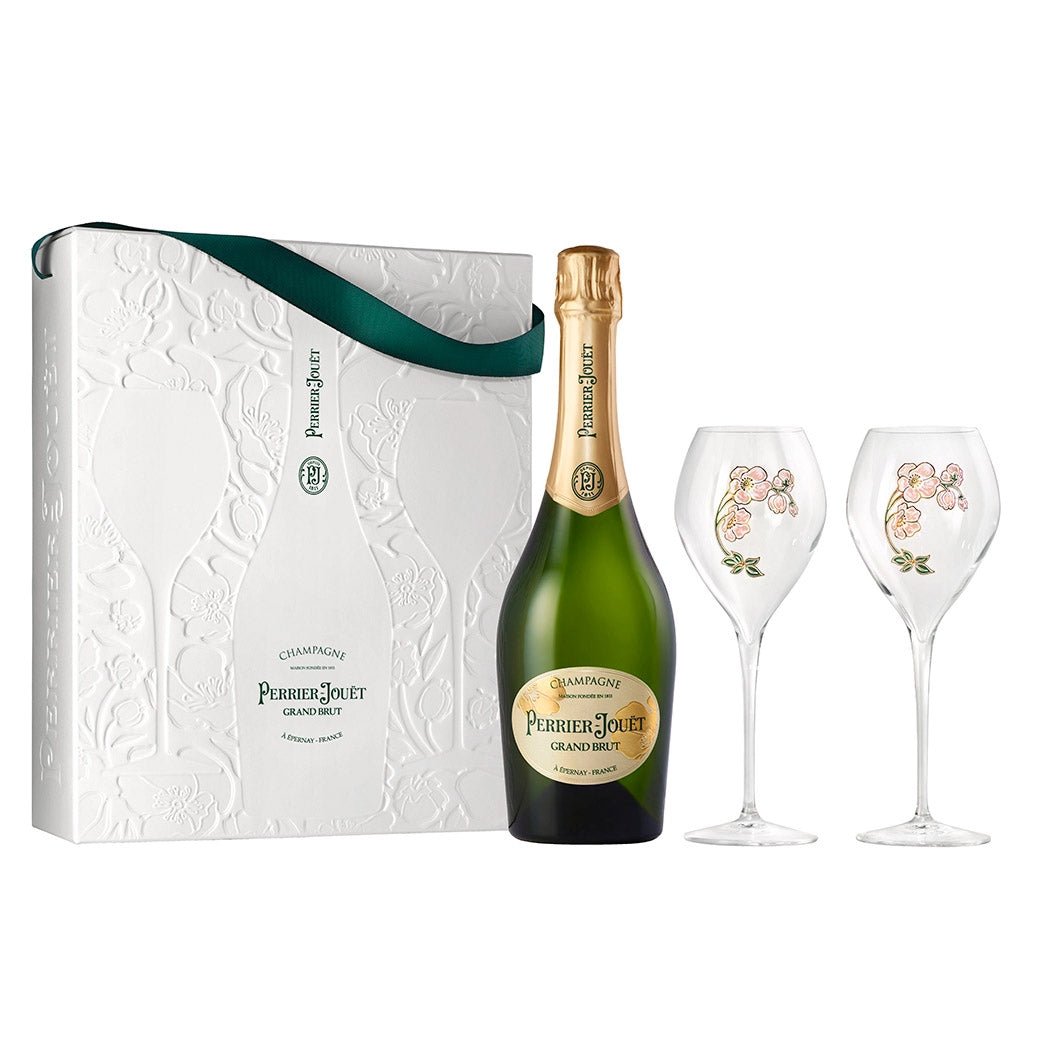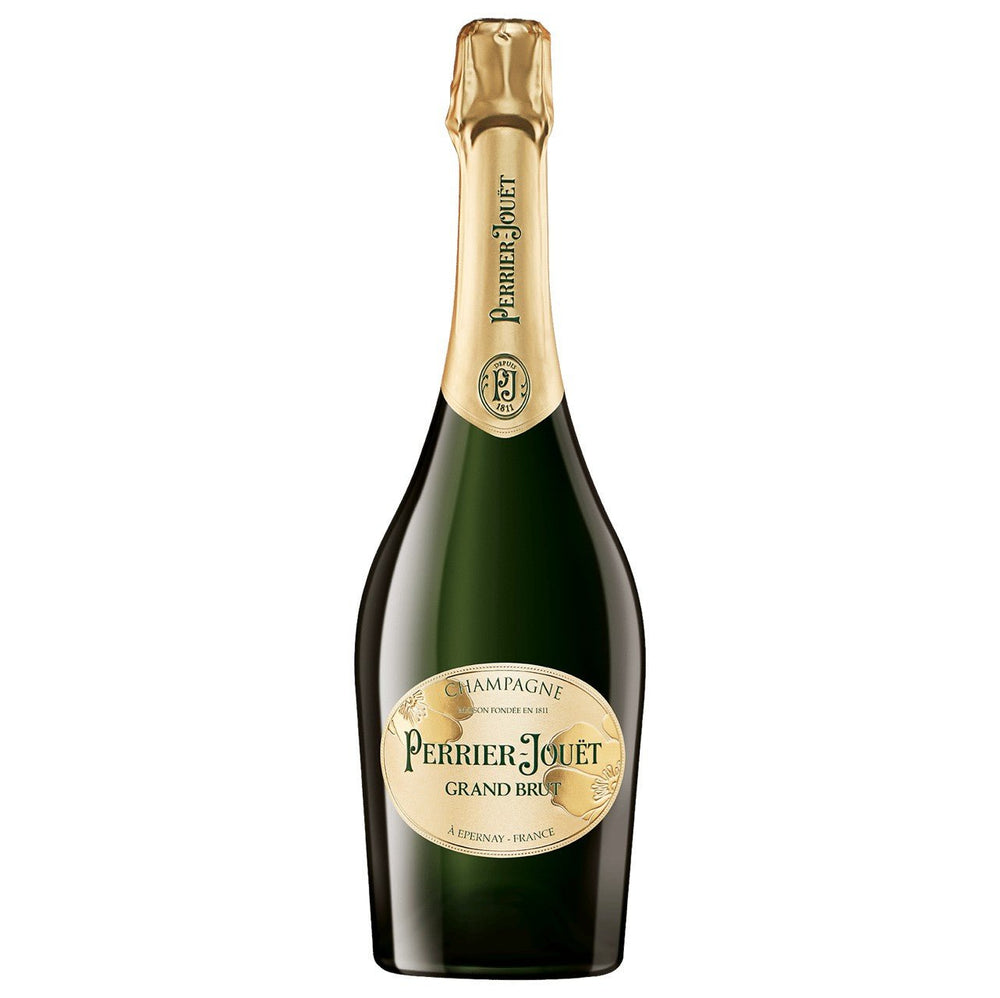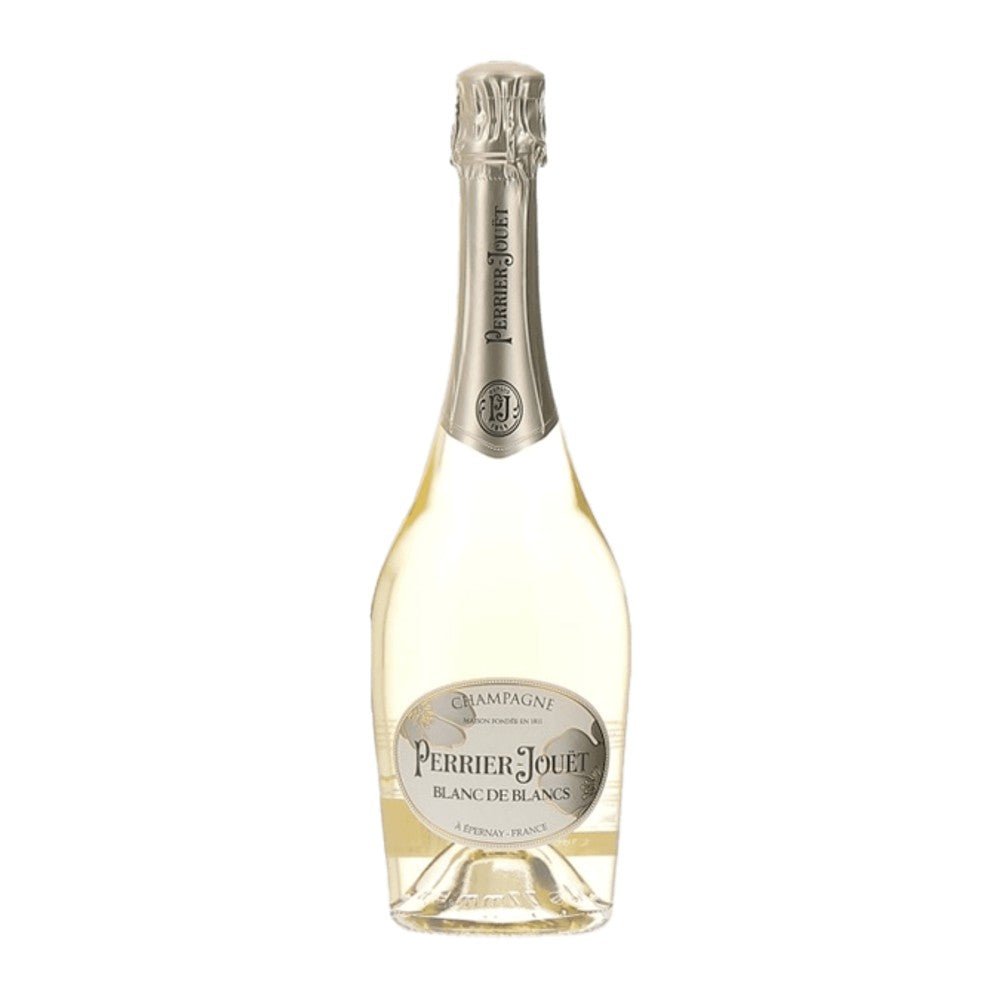Perrier-Jouët Belle Époque 2014 Champagne Gift Pack with 2 Glasses (750mL)
- Perfect for stylish sippers
- Price Match Guarantee
- In stock, ready to ship from Sydney
- Instock at distribution center, allow 3-5 days
| Aroma & Palate | Poached pear, peach, forest berries, toast |
| Varietal | Chardonnay Pinot Noir Champagne |
| Style | Crisp, clever & chic |
Our Notes
Easily the most stylish vintage Champagne, with Japanese sea anemones spraying over a green glass bottle in delightfully Art Nouveau way, this release highlights the crispness and floral elements that are key parts of the Perrier-Jouët house style. Presented here in an ecofriendly gift box with two gorgeous Nouveau-style glasses.
From The Winemaker
Perrier-Jouët Belle Époque is a true icon – a rare and elegant champagne that celebrates the art of blending in the Perrier-Jouët style.
Perrier-Jouët Belle Époque is the original Belle Époque vintage cuvée, first appearing in 1964. Instantly recognisable throughout the world, its bottle is adorned with the graceful spray of Japanese white anemones created for Maison Perrier-Jouët by Art Nouveau master Emile Gallé in 1902.
Your order is dispatched within 1-5 days from our Sydney warehouse.
Shipping rates are calculated at checkout based on your location and order size.
We ship with Australia Post using their dedicated wine post service. All parcels are trackable and in most cases arrive in 2-4 days.
Please allow additional dispatch and shipping time during peak sales and holiday times.
In the event that your items are lost or damaged in transit we will replace or refund your order.
Change of mind returns are available for up to 30days after purchase. No change of mind refunds available for personalised cards or products.


